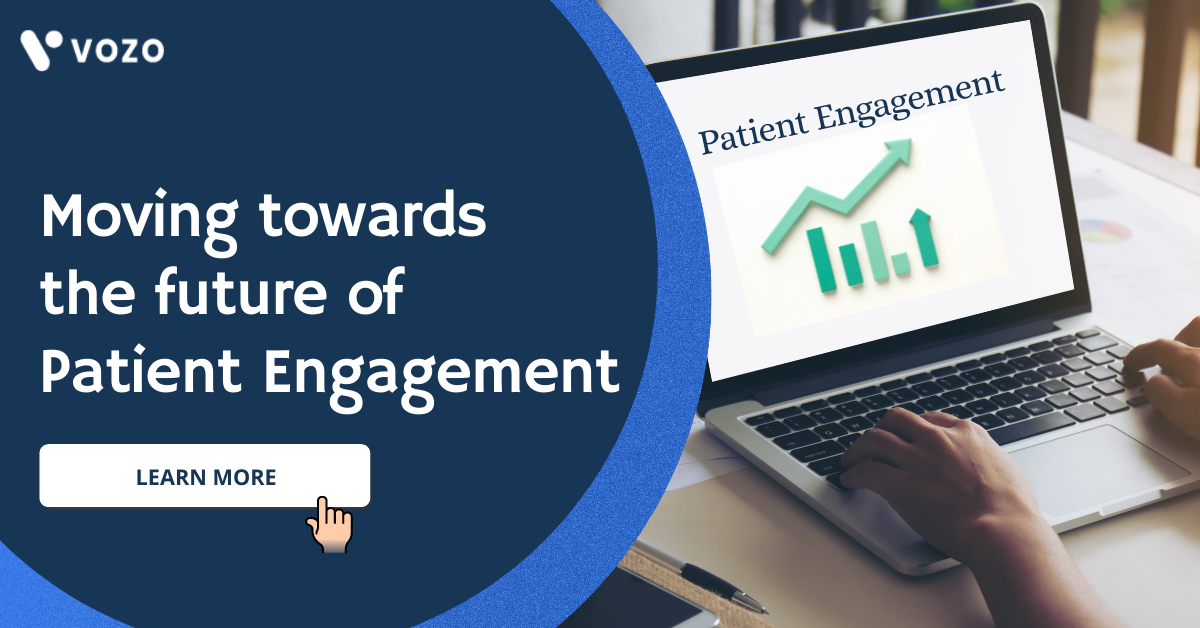Moving Towards The Future Of Patient Engagement
Patient engagement is one of the most important parts of healthcare. While healthcare providers can advise and prescribe, it is up to patients to ensure that they stick to the routine given and take the best decisions to improve their health.
It is well known that when persons participate in their health and have an understanding of the process, the likelihood of following the ‘doctors orders’ will be higher. As health technology gets more pervasive, patient portals have become a popular way by which people can access healthcare services.
Patient portal for enhanced patient engagement
A patient portal is an online tool that is usually a part of a larger health technology system. It allows patients to be able to log in and conduct various activities, including booking appointments, getting test results, request prescription refills and get education material important for health literacy.
In some cases, a patient portal allows for access to a doctor via telemedicine and payments and booking to be made online. To a certain extent, this empowers the patient and allows for increased participation in their health.
Studies have shown that patient portals can have a positive effect on health seeking behaviour and other health outcomes. Patient portals, therefore, can enhance patient engagement. Patient engagement involves the decisions made for the patient by the healthcare provider and how the patient uses these decisions, instructions and aids to improve and maintain good health. Essentially, all parties have to be involved in healthcare to achieve quality and improved health outcomes.
The need for patient engagement
Patient engagement is a necessity and more physicians are encouraging patients to pay more attention to preventative health and maintenance. The patient portal would allow for this and empower persons to take charge of their health.
Most health-information management systems and medical practice management systems offer the use of patient portals from either a computer or a cellular phone through an app, to make it more accessible and easier for persons to access healthcare services. Many also offer information on wellness and prevention, which include fitness, exercise, and nutrition as well as chronic-disease management, post-operative care, remote diagnostics, and consultation.
Patient engagement technology has long been dominated by patient portals, secure websites that allow patients to access their health data, pay bills, refill prescriptions, schedule appointments, and generally become more involved in their health care.
RELATED: Importance Of Patient Engagement In The Era Of COVID-19
Patient portal is here to stay
Patient portals were originally optimized for PC interfaces, but recently, vendors are creating more mobile-optimized portals. This shift has enhanced use of patient portals by giving patients access to convenient, on-the-go tools that help them manage their health care.
Here the healthcare providers have a real opportunity to increase patient engagement by using technology, especially when that technology is easily accessible on a patient’s smart phone.
Final Thoughts
As healthcare organizations are looking for great ways to modernize their practice operations for the future of healthcare, optimizing the patient portals can yield more benefits for both healthcare providers and patients.
The best way to get started is to implement the best patient portal software that enables virtual visits, health education, video visits, EHR integration as a means of delivering effective care and improved revenue.
Ready to connect with your patients?
Here’s one last thing Vozo can do to help.
- Reach our Contact us page
- Let us know that you’re excited to try out our best patient portal solution
- Schedule a free demo with our expert team and start generating 10x more growth.
About the author

With more than 4 years of experience in the dynamic healthcare technology landscape, Sid specializes in crafting compelling content on topics including EHR/EMR, patient portals, healthcare automation, remote patient monitoring, and health information exchange. His expertise lies in translating cutting-edge innovations and intricate topics into engaging narratives that resonate with diverse audiences.













